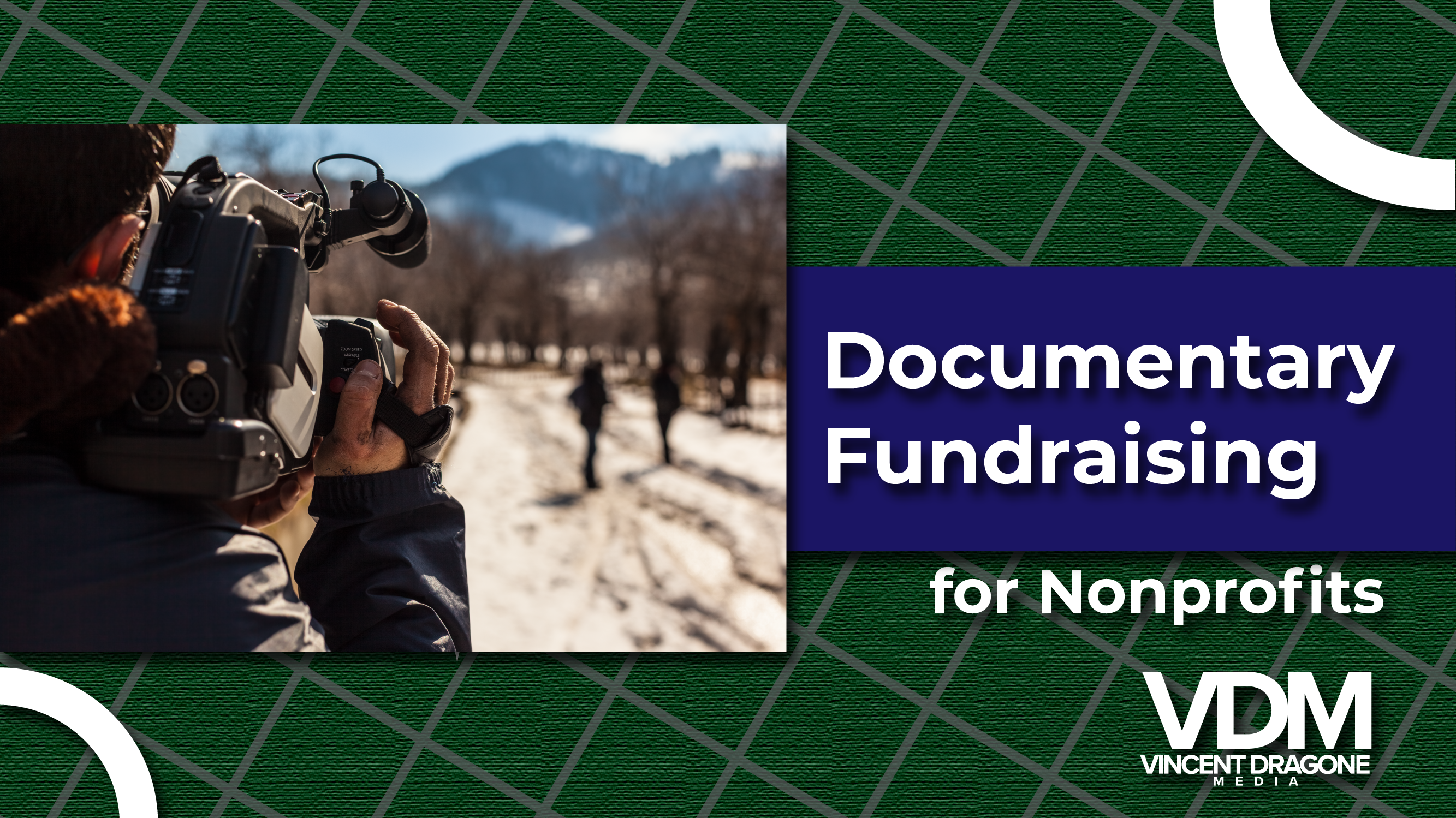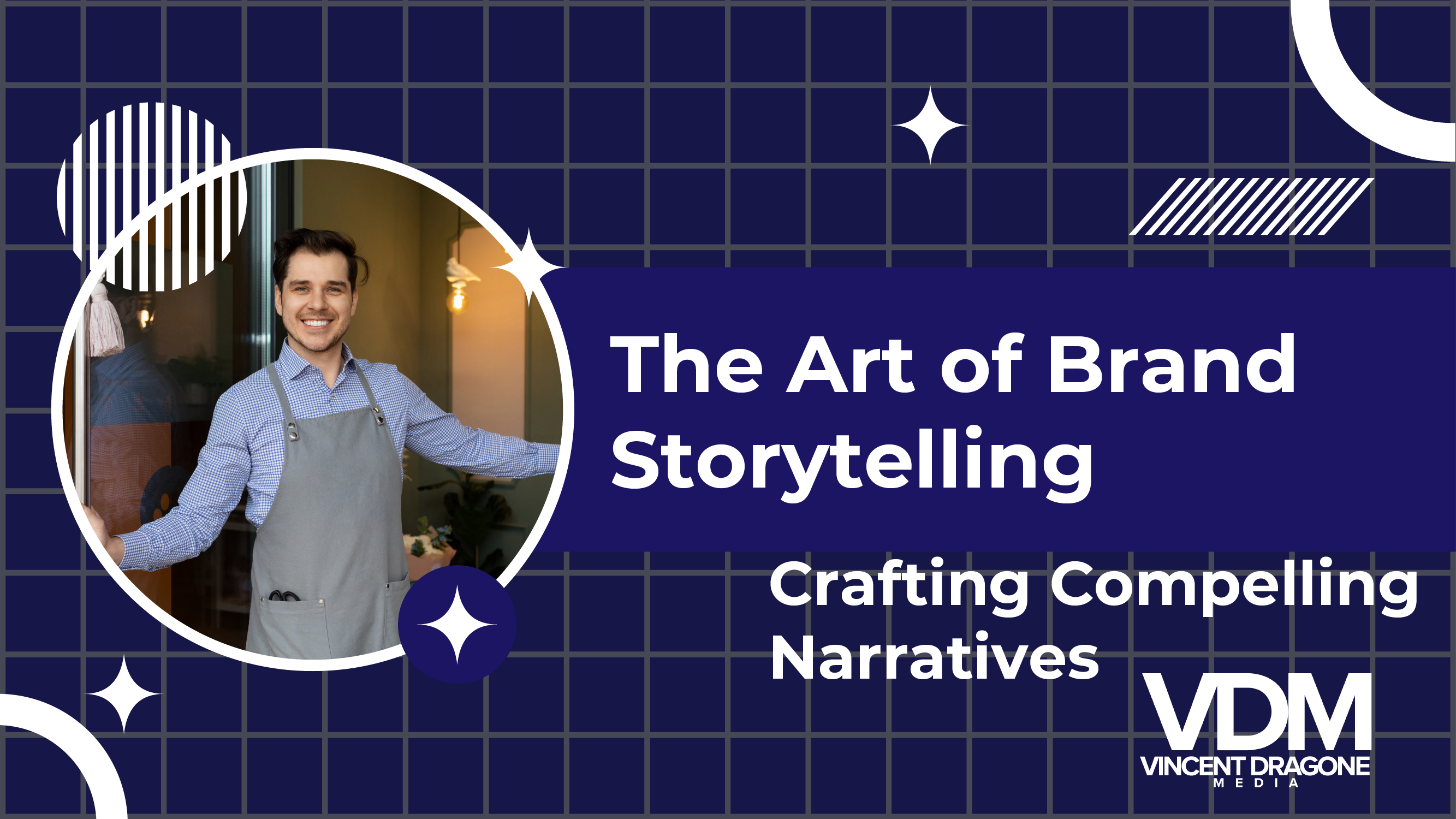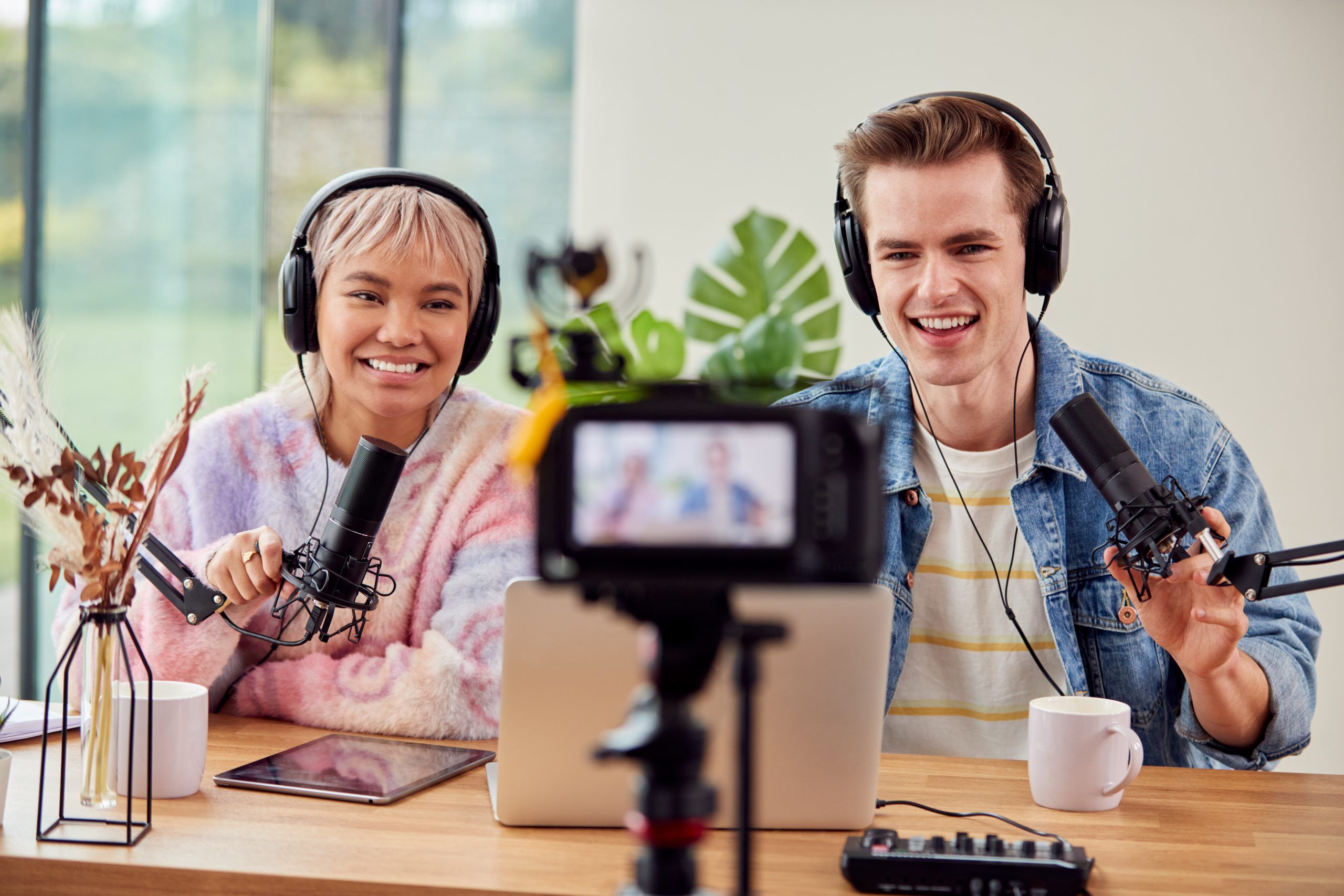Funding A Nonprofit Documentary – A Comprehensive Guide
In today’s digital age, documentaries are a potent tool for nonprofits aiming for authentic brand storytelling. They provide a dynamic platform to narrate missions and impacts, connecting deeply with audiences. However, funding a nonprofit documentary often presents challenges. This guide offers nonprofits an effective roadmap to fund their documentary visions.
Funding Suggestions
Forge Partnerships with Like-Minded Brands
Nonprofits can significantly reduce documentary production costs by collaborating with brands that align with their values. Starbucks and Raj Patel’s documentary, A Place at the Table, united to spotlight U.S. hunger issues. Collaborative campaigns and co-promotions further amplify reach and impact.
Deep Dive into Grants & Fellowships
Grants have been a consistent funding source for nonprofits. Revisit organizations from which you’ve previously secured grants, as they might now cater to digital outreach or multimedia projects. Tailoring proposals for documentary projects can increase approval odds.
Organize Fundraising Events
Fundraising events, like galas or film previews, can be magnets for support for both spreading awareness of your cause and raising money for future projects. Charity: Water, for instance, blends fundraising and engagement by previewing documentaries at its annual galas.
Collaborate with High-Profile Ambassadors
Endorsements can elevate a documentary’s reach and fundraising potential. Emma Watson’s support for The True Cost showcases the effectiveness of this strategy.
Dive into Community Crowdfunding
Crowdfunding platforms like Kickstarter and Indiegogo offer nonprofits an alternative fundraising avenue. By showcasing the documentary vision, nonprofits can mobilize a community that aligns with their cause. While crowdfunding sites can be a great way to fund your project, successful campaigns typically do a lot of legwork upfront in proving the concept. Keep reading to learn more about this farther down in this article.
Engage Alumni and Beneficiary Networks, especially Major Donors
Beneficiaries, alumni, and major donors are invaluable for nonprofits. Giving them a stake in the documentary’s outcome can enhance fundraising efforts and ensure sustained support.
The Strategic Choice of Mini-Documentaries
Branded documentary has never been so accessable. In the vast world of documentary filmmaking, mini-documentaries are carving a unique and essential niche for nonprofits. They are not just an answer to the modern world’s fleeting attention spans; they are, more importantly, a practical and cost-effective alternative for organizations that don’t have the financial muscle or the luxury of time to invest in a full-length feature. Mini-documentaries can range anywhere from 30 seconds to 30 minutes, with a variety of ways to shoot them to fit your organization’s needs.
- Budget-Friendly: Mini-documentaries demand less production time, fewer resources, and, by extension, a smaller budget. This makes them an attractive option for nonprofits that want to convey their message compellingly without draining their funds.
- Focused Narratives: Their shorter format means these documentaries can zone in on a specific aspect of an organization’s work or a particular story they want to tell. This gives viewers a concise, potent dose of the nonprofit’s mission, without any dilutions.
- Versatility: Mini-docs are versatile. They can be used in fundraising events, integrated into presentations, shared widely on social media, or played in donor meetings, ensuring maximum reach and impact.
- Quicker Turnaround: Time-sensitive issues or events can be addressed promptly through a mini-documentary, given their faster production time. This means organizations can stay relevant and timely in their messaging.
- Gateway to Larger Projects: A mini-doc can serve as a proof of concept or a trailer for a potential larger project. Once it garners attention and showcases potential impact, it can attract further funding for a more comprehensive documentary.
Why Hiring a Documentary Filmmaker Early is Strategic
One underutilized strategy is hiring a documentary filmmaker early in the process to create a trailer or concept piece. Here’s why this makes sense:
- Leverage as a Pitching Tool: A well-made trailer can be a compelling pitching tool. When seeking funds, be it through grants, crowdfunding platforms, or private donors, showing a glimpse of what’s in store can be more persuasive than a written proposal. It gives life to the idea, making it tangible for potential backers.
- Test the Waters: A trailer helps test the waters. It gives nonprofits a sense of the audience’s reaction and can guide subsequent production stages based on feedback.
- Attract Larger Donors: Major donors or influential backers often want to see something concrete before they invest. A trailer provides them with a clear vision of the documentary, increasing the likelihood of them funding the project.
- Multifunctional: This trailer can be leveraged in multiple ways. Apart from fundraising, it can be used for promotional purposes, at events, or even on social media to build buzz and anticipation.
By integrating a trailer or concept piece into your fundraising strategy, you’re not only giving potential backers a taste of the documentary but also demonstrating professionalism and commitment to the project. This strategic step can be the difference between a project remaining an idea and seeing it come to life.
Filmmakers like myself, who specialize in this niche, can skillfully weave your mission into a visual tapestry, even within tight budget constraints. Our expertise ensures that the essence of your cause is captured authentically and conveyed compellingly, maximizing engagement and inspiring action. A shining example of this synergy is the Clean Fish mini-doc I crafted in collaboration with Fish Gods. This project not only encapsulated the essence of waterway conservation but also demonstrated the compelling power of a well-executed mini-documentary.
For nonprofits, documentaries—full-length or mini—offer a chance to redefine their brand storytelling. With the right fundraising strategy and a focus on authentic storytelling, nonprofits can navigate funding challenges, turning their documentary visions into realities.






